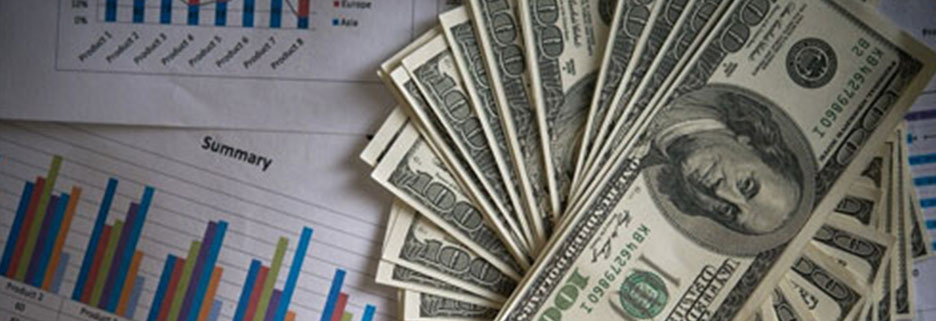A chart pattern visually represents price movements, depicted through a series of trend lines or curves.
These patterns emerge naturally from fluctuations in the price of financial assets, driven by various factors, including human behavior.
Chart patterns form the basis of technical analysis, used to identify trends in asset price movements.
Traders who can recognize and apply these patterns to their decision-making process can enhance their ability to predict future price movements.
Developing the skill to accurately interpret chart patterns requires practice and dedication.
There are numerous chart patterns used in technical analysis.
The simplest chart pattern is a trend line.
Some popular chart patterns include head and shoulders formations, double and triple tops and bottoms, pennants, flags, and wedges.
These patterns can be applied across various time frames, from seconds to months, and used on line, bar, or candlestick charts.
Chart patterns aren't governed by scientific laws but rely heavily on the attention of market participants.
Pattern Types:
Chart patterns fall into two primary categories: continuation and reversal patterns.
Continuation Patterns:
These patterns indicate opportunities to continue trading in the direction of the prevailing trend.
Common continuation patterns include triangles, flags, and pennants.
Reversal Patterns:
Reversal patterns signal potential trend reversals, helping traders identify when a trend may be ending.
The saying "the trend is your friend until it bends" highlights the focus on spotting trend reversals.
Well-known reversal patterns include double tops and bottoms, head-and-shoulders, inverse head-and-shoulders, and triple tops and bottoms.
Why Do Chart Patterns Work?
Chart patterns are effective across all time frames due to the fractal nature of markets.
Fractals are repeating patterns within larger price movements.
Market psychology is the driving force behind price action, making chart patterns applicable across various asset classes, from stocks to cryptocurrencies.
Technical traders believe that prices reflect all fundamental information, including market sentiment and perceived value.
If this is accurate, chart patterns can serve as reliable predictors of future market movements.
For successful trading, chart patterns must be analyzed in the context of the dominant trend.
Identifying the prevailing trend is crucial to determine whether a current trend is likely to continue or reverse.
Understanding the psychology behind price movements and the supply-demand dynamics that shape these patterns can enhance your ability to interpret chart patterns.
The Psychology behind Chart Patterns:
To grasp price action, you must interpret charts through the lens of market psychology, which reflects buying and selling pressures.
Supply and demand forces shape these price patterns.
Charts provide a complete visual record of trading activity and offer a framework to analyze the ongoing battle between bulls and bears.
Most importantly, chart patterns can help determine which side—bulls or bears—is winning.
Successful trading hinges on identifying the prevailing sentiment and trading accordingly.
Regardless of the time frame, chart patterns work because emotions and supply-demand forces are universal.
Since human beings place orders, the buy and sell actions shape the price charts.
Every chart pattern tells a story that creates its shape.
For instance, a bull flag indicates that while the bulls are no longer actively buying, they hold and defend their positions, keeping the price within a narrow range.
Flag patterns are powerful indicators as they incorporate trends within the price structure.
A top-down approach to trading chart patterns involves three main steps:
- Select your trading time frame, reflecting the type of trader you are. Intraday charts like ۵-minute and ۱۵-minute charts are commonly used for day trading or scalping, while ۴-hour and daily charts are suitable for swing trading, and weekly and monthly charts are preferred for position trading.
- Identify the dominant trend within your chosen time frame.
- Once you’ve established the dominant trend, you can use chart patterns to time your market entries.
